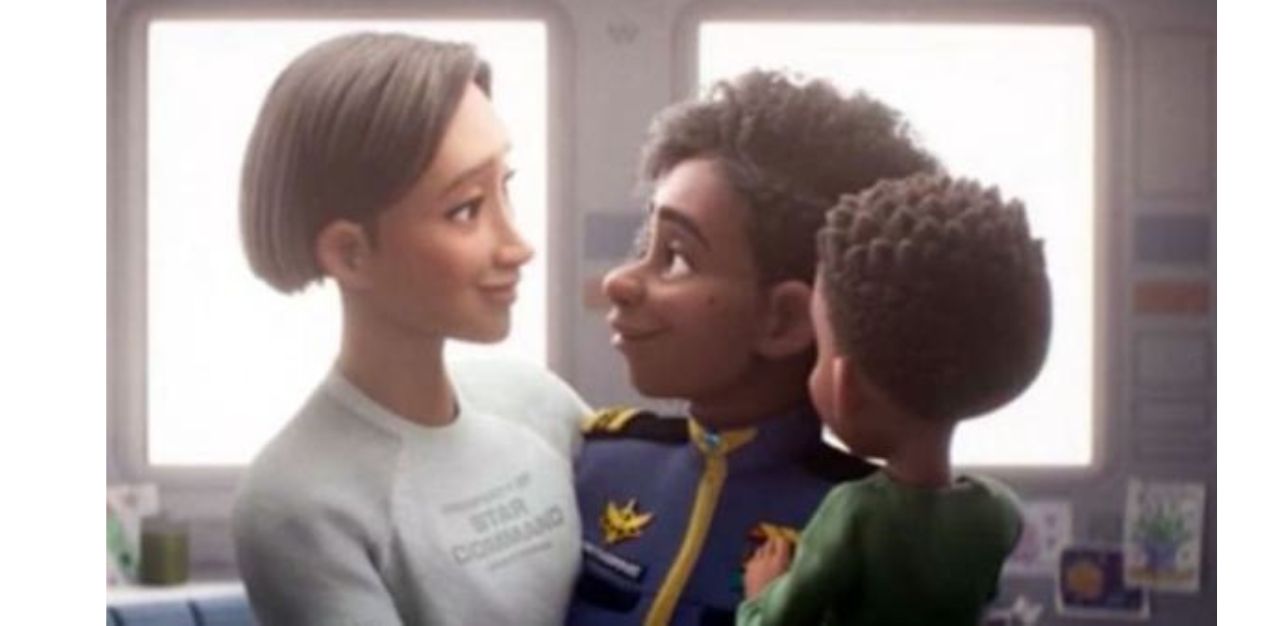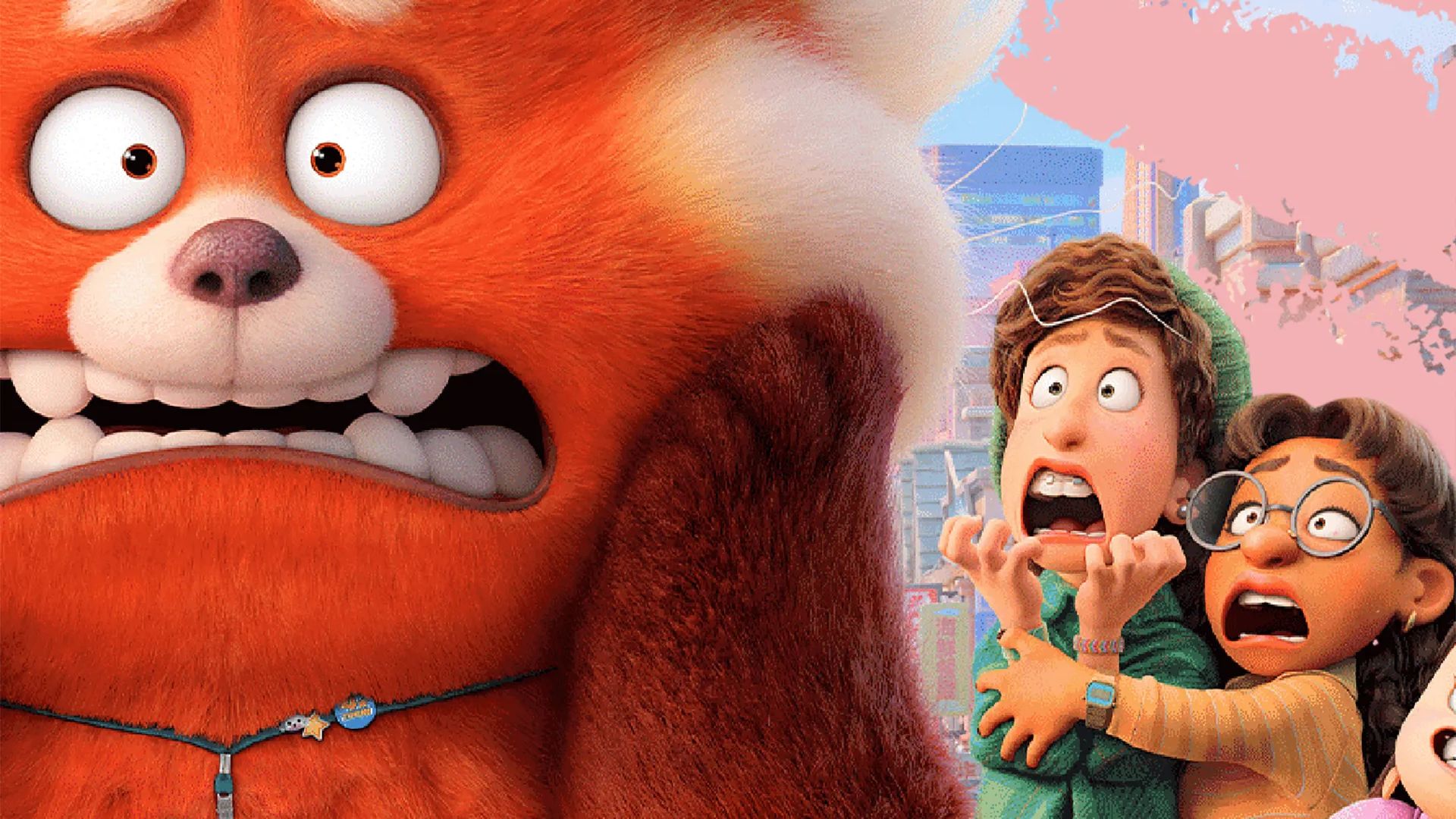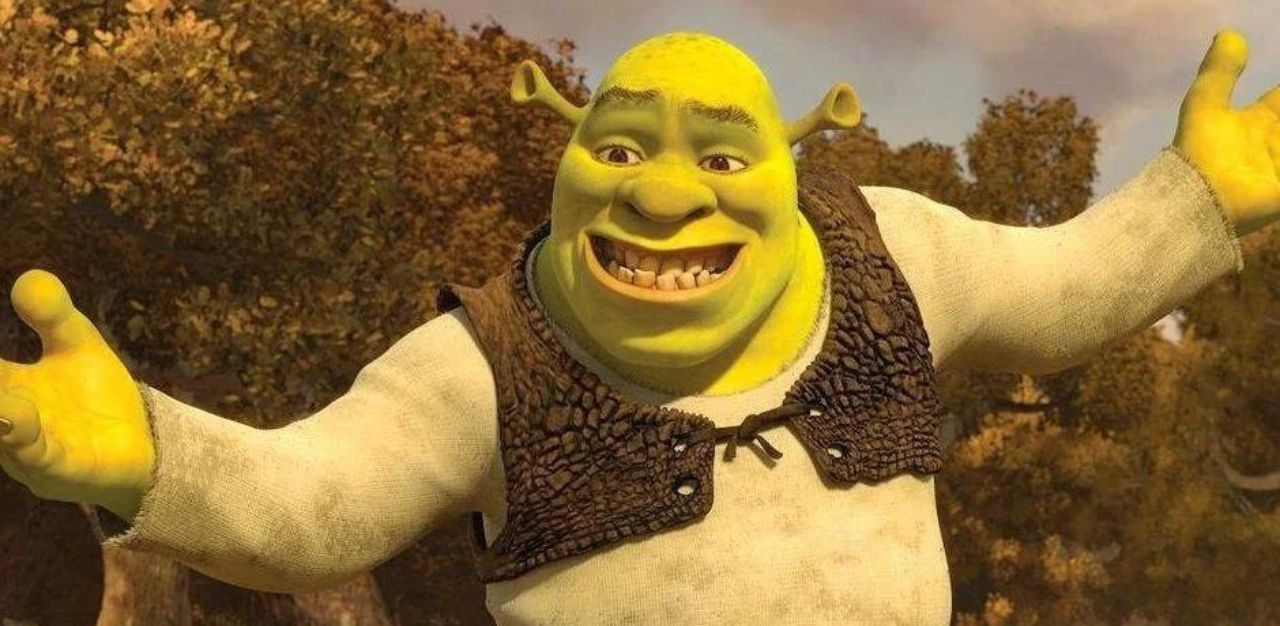Animated movies are usually the solid choice for family movie night out, especially during the June school holidays. But when it comes to the new Pixar movie Lightyear, the decision to include a kissing scene from a lesbian couple seems to be doing the movie in – well, in the more conservative markets, that is.
The Disney-Pixar cartoon is not allowed to even show in 14 Middle Eastern and Asian countries, such as Saudi Arabia, Malaysia, and Indonesia.
The UAE told South China Morning Post that the couple’s relationship violated the country’s media content standards. Homosexuality is considered criminal in many Middle Eastern countries.
It also appears unlikely to open in the world’s largest movie market – China.
In Singapore, Lightyear opens at the cinemas on 16 June, but only with an NC-16 rating from the Infocomm Media Development Authority (IMDA).
The classification was made over the lead female character and her same-sex partner starting a family, going through different milestones of their lives, and even sharing a kiss. This is characterised as “overt homosexual depictions” by the authority.
For the want of inclusivity, the plot was lost?
Disney’s Pixar had announced that it is including a same-sex kiss in Lightyear after enduring an outcry from the LGBTQ+ community.
In an interview with Reuters, film producer Galyn Susman said, “We’re not going to cut out anything, especially something as important as the loving and inspirational relationship that shows Buzz what he’s missing by the choices that he’s making, so that’s not getting cut.”
Even Buzz Lightyear actor Chris Evans slammed concerned parents who do not want their children to see homosexuality in Disney animated films. Also speaking to Reuters, Evans said, “The real truth is, those people are idiots.” He told Variety magazine that he thinks the same-sex display of affection in this children’s movie is “great” and ”wonderful”.
When TheHomeGround Asia tried reaching out to IMDA with more questions, the team was referred to its release that was sent earlier to the media.
There, its chairperson of Films Consultative Panel Cheryl Ng was quoted as saying it would have been good if Disney had released dual versions of the film, so that younger audiences would be able to catch the film in the cinemas.
IMDA had requested for Disney to consider releasing the film in two versions, under its Simultaneous Rating Release (SRS) mechanism, which would allow film-goers to view separate, age-appropriate versions of the film. Disney rejected the consideration.
Disney did not reply by the time this story is published.

Veteran LGBTQ+ activist Roy Tan calls the IMDA NC-16 rating “nonsensical” and “nothing short of irrational homophobia”.
“The movie is an animated cartoon that does not depict nudity or sex in any way. Disney has produced it so that children all over the world will be able to see and understand that love and commitment between two people are beautiful, regardless of their gender. This love is embodied in the onscreen kiss that the female married couple have as a symbolic milestone in their relationship and their lives. It should be rated G,” says Mr Tan.
Tutor Joan Tan, who had been looking forward to taking her sons, aged 11 and 13, to watch Lightyear is disappointed.
“With all the hype, we were hoping to catch the film before school starts. Since many of these kids will be watching Lightyear with their parents, I don’t see why the parents can’t explain to their children why the two women are sharing a kiss,” says the 38-year-old.
In his post on Facebook, content manager at Sports SG Raj Kumar wrote that the kiss was less than a second but conceded that the plot was “certainly made for older fans in mind” and that kids under 12 “might not understand the full storyline”.
Critics of the IMDA’s ruling, including founder of Dear Straight People Sean Foo, supported the decision by Disney.
“Releasing a concurrent version of the film would imply that there is something wrong with the concept of a same-sex family, such that it needs to be censored in a different version of the film. There will always be people who refuse to move on with the times. As Chris Evans, the voice actor of character Buzz Lightyear, said, ‘The goal is to pay them no mind, march forward and embrace the growth that makes us human’, ” Mr Foo adds.
Not all animated movies are strictly for children

While Disney is known for being a family-friendly company and has won the Academy Award for Best Animated Feature 16 times since the category’s creation in 2001, animated movies can appeal to people of all ages. This is recently seen with the success of Pixar’s Turning Red, which depicts intergenerational trauma and explores complex mother-daughter relationships.
Take Dreamworks’ 2001 Shrek for instance. While many animated movies are targeted directly at children, that did not stop the creators from cleverly hiding adult jokes. Putting a modern twist on wholesome childhood fairy tales such as Cinderella, Snow White, and Sleeping Beauty, Shrek is full of references and dirty jokes that definitely went over kids’ heads, and it was not given an NC-16 rating. Its producers, however, acknowledged the intelligence of its audience and used an additional layer of humour for the enjoyment of the show.

While IMDA has adopted a softer approach to her counterparts in the rest of the conservative countries, Mr Tan feels that the decision is “somewhat emblematic of how LGBT policies have progressed, and currently stands in Singapore”.
“The slapping of an NC16 rating on a Disney film meant for children just shows how much homophobia there exists in our regulatory institutions, much of which is caused by the persistence and trickle down effects of Section 377A which criminalises sex between men, and the fact that many Singaporeans in positions of authority let their religious beliefs cloud rational decision making. This should not be the case as Singapore is a secular society and there is no scientific evidence that same-sex love and marriage are detrimental,” says Mr Tan.
IMDA has asserted that it was guided by the Film Classification Guidelines which aims at being “sensitive to social norms and values that are generally acceptable to members of the public.”
It added that it had sought the views of advisory committees, including the views of parents with younger children.
To Infinity and Beyond

In the original Toy Story film, the character Buzz Lightyear popularised his signature catchphrase “to infinity and beyond”.
The saying is taken to mean the character’s zeal to go beyond the limits of possibility.
Another interpretation would be that of an oxymoron, because, what is beyond infinity?
In the case of this latest film in the Toy Story franchise and its rating controversy, the saying seems rather apt. How is it then, that a film made for children be restricted to the very people it was meant for?
So if you’re still 15 years old and have been looking forward to catching the prequel to Pixar’s Toy Story franchise, well, I hate to tell you this but you’ll have to wait another year before you get to learn the backstory.
Join the conversations on TheHomeGround Asia’s Facebook and Instagram, and get the latest updates via Telegram.














